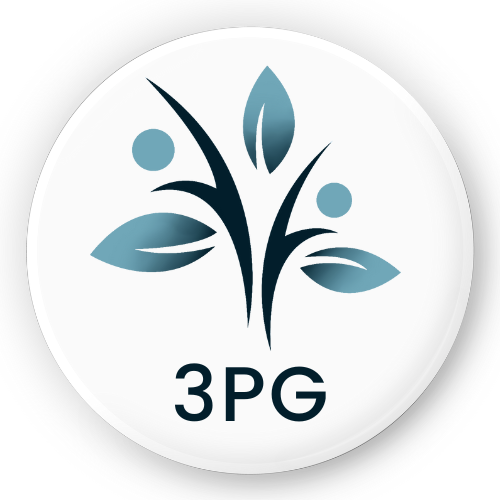Choosing Cattle (Feeders) for feedlots
Author: Elton Moyo
There are many factors to consider when choosing cattle for feedlots. The age, sex, mass type and cost of animal are important considerations in pen fattening. Young animals usually convert more efficiently than older animals. But there is probably greater variation within an age group, according to type and condition, than between age groups. Animals in lean condition with good conformation are usually the most efficient and the price per kg is critical consideration in the economics of fattening. The maximum price payable must be carefully calculated. It is easy to make a financial loss before fattening even starts by paying too much for the animals. The following are recommended induction (starting) masses in order to achieve certain target slaughter mass for steers for a medium sized breed.
Age at induction | Minimum induction mass (Kg) | Minimum slaughter mass (Kg) |
+9 months | 245 | 425 |
+18 months | 250 | 425 |
+21 months | 300 | 465 |
+33 months | 375 | 505 |
Heifers consume slightly less feed than steers and are about 7 % less efficient. They finish sooner and their corresponding minimum mass should be approximately 10% less than for steers.
Bulls and short scrotum bulls grow faster, are most efficient and grade better than steers. This is provided they are sold at milk tooth. Breeds differ more in their daily VFI than in their inherent efficiency of feed conversion.
Breed
British and continental breeds (Angus, Sussex, Hereford, Charolais and Limousine) and their crosses are better performing in the feedlot compared to the Nguni, Tuli and the Afrikaner. It should also be noted that some breeds fatten earlier (Hereford and Angus compared to Charolais and Sussex) and should be slaughtered before they get too fat therefore reducing time in the feedlot cycle i.e Achieving Super or Choice grade in 45 – 60 days. The native breeds like Nguni, Mashona, Tuli and the Afrikaner are used also in Southern Africa for cattle fattening, and they perform well.
Sex
Females are earlier maturing than steers and steers in turn are earlier maturing than bulls. Bulls can do well in feedlots, but often cause problems by fighting and Bulls in some beef grading systems e.g Carcass grading systems in Zimbabwe dictates that Bull can only achieve a Choice grade. Females can do well in feedlots, but often have poor growth rates partly because they reach carcass finish at an earlier age and there is a tendency to be tardy in sending them for slaughter. Hormonal changes experienced by females coming on heat could be a contributory factor. Heifers consume slightly less feed than steers and are about 7 % less efficient. They finish sooner and their corresponding minimum mass should be approximately 10% less than for steers. Bulls and short scrotum bulls grow faster, are most efficient and grade better than steers. This is provided they are sold at milk tooth.
Age
Animals can be placed in the feedlot at any age, usually after weaning. In practice animals tend to arrive at feedlots shortly after weaning (7 to 9 months of age), as yearlings (12 to 18 months of age) or at two and a half years of age. In most feedlots there is no differentiation in feeding regime between animals of different ages and it has been observed that irrespective of the age, animals tend to gain an average of about 150 kg during a period of 90 days and are then ready for slaughter. Cattle fed with high energy diets at an early age tend to deposit fat more rapidly than if they are kept on low energy diets for a time before being placed on a high energy diets.
Conclusively there are more other factors that are considered when selecting feeders such as animal health, carrying capacity of feedlot, Body condition score just to mention a few.
